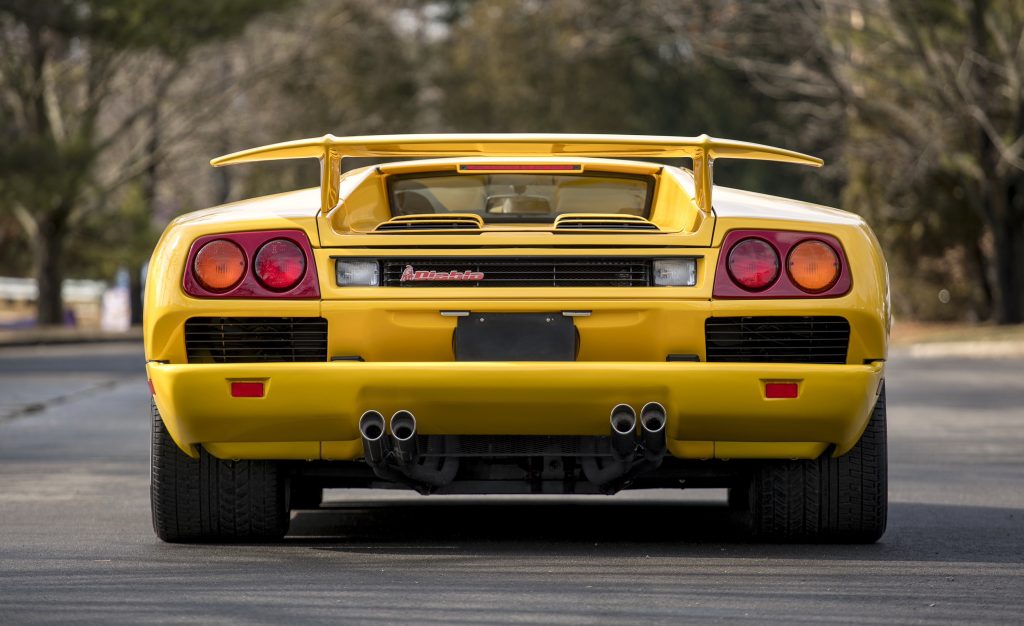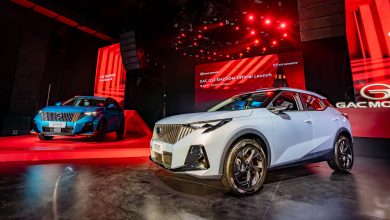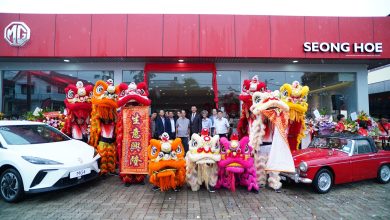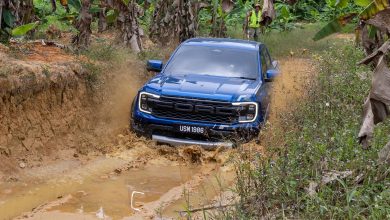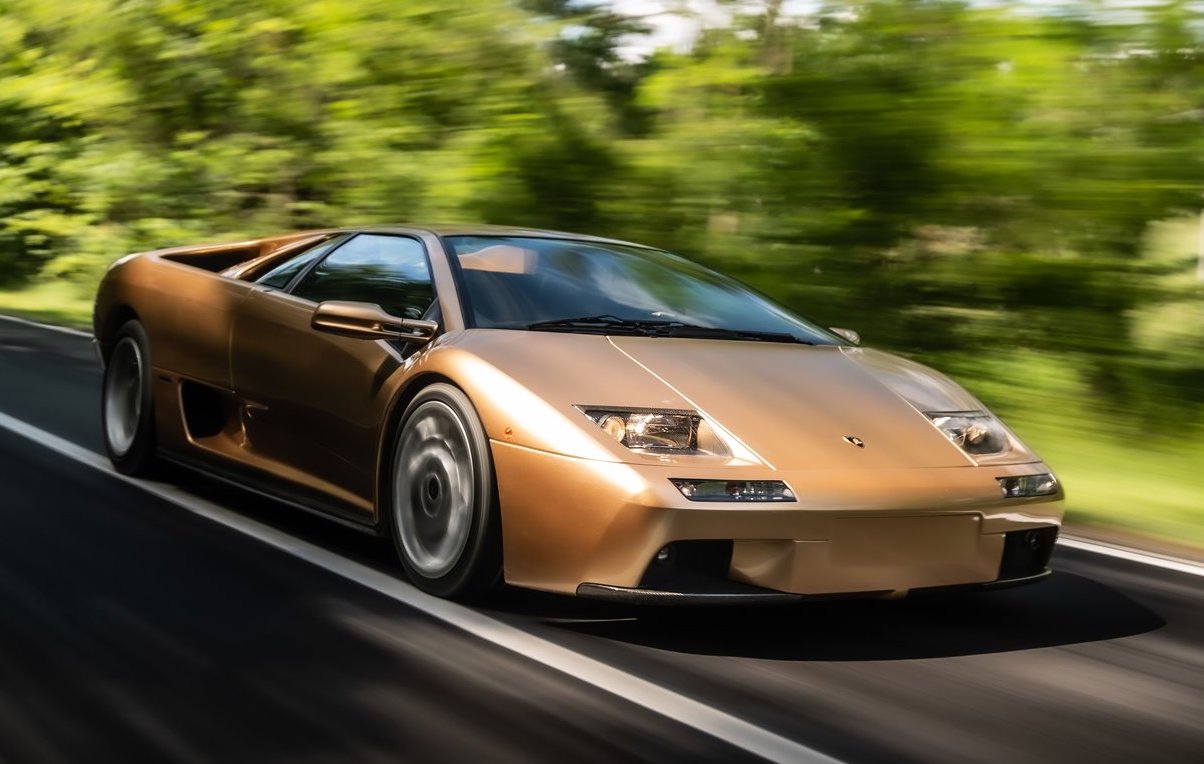
The Lamborghini supercar icon of the 90s celebrates its 30th anniversary in 2020.
Lamborghini has recently celebrated the 30th anniversary of the Diablo. One of its most iconic Lambo models of all time, this quintessential 90s V12-engined raging bull originally hit the market in January 1990.

Development Process
Envisioned to be the successor to the ageing Lamborghini Countach, development for the Diablo actually began in 5 years prior to launch, back in June 1985. Codenamed Project 132, the gestation process of this particular flagship Lambo wasn’t without its hiccups. That is because midway through development process, the eternally cash-strapped Italian supercar manufacturer was bought out by the American automotive giant Chrysler in 1987.
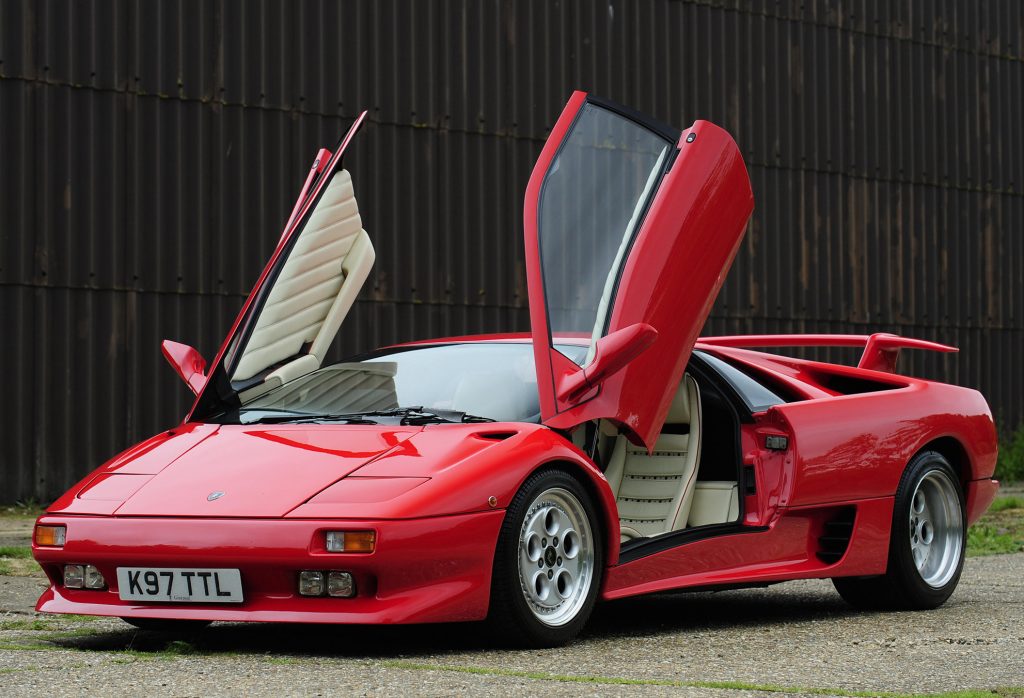
While Chrysler footed much of the 6 billion Italian lira (RM 15 million) bill for the Diablo development, the head honchos at the American automaker weren’t particularly impressed with Marcello Gandini’s initial design for this Countach successor. Chrysler therefore decided to take it upon themselves and executed a third extensive redesign at their Detroit design studio. Smoothing out the infamous sharp edges and corners of Gandini’s original design.
Gandini however, who incidentally has designed the prior two flagship V12 Lambos, was famously left unimpressed with Chrysler’s meddling of his initial design and the Diablo’s softened shape. So much so that he left Lamborghini’s employ in a huff, and realised his the Diablo’s initial design on the Cizeta-Moroder V16T instead.
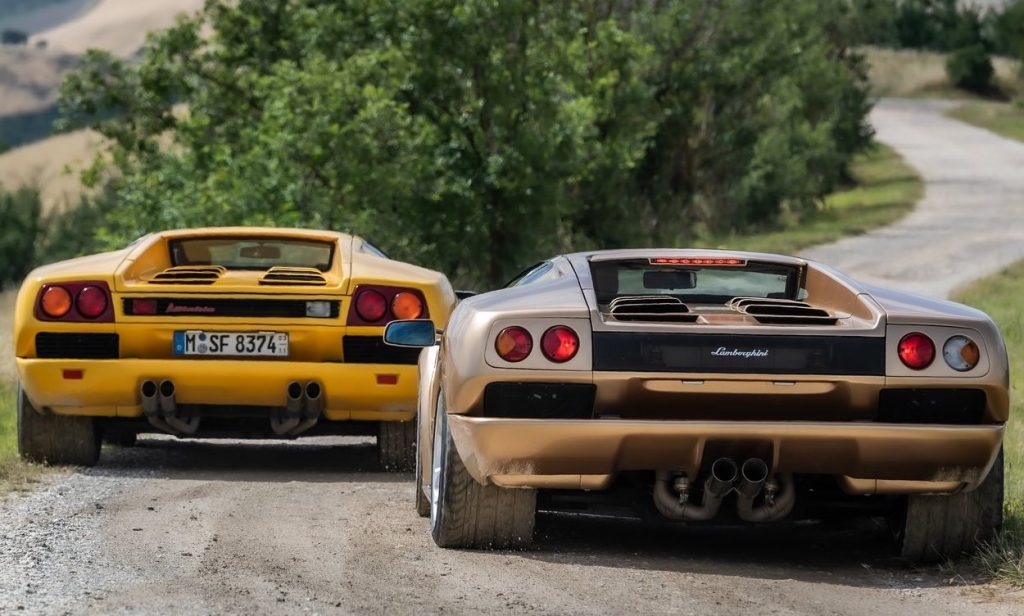
Engine Specs
Nevertheless, inter-pacific design differences aside, the Lamborghini Diablo did manage to fulfil its main design brief of hitting at least 315 km/h (195 mph). In fact, when first launched in the start of the 90s, this particular raging bull managed to snag the title of the fastest production car in the world, with a top-speed of 325 km/h (203.1 mph).

This impressive achievement was down to the Lamborghini V12 that featured in the middle all Diablos. The very same engine design with roots dating back to the first V12 raging bull in 1963, engine capacity for the initial run of this particular Diablo was only 5.7 litres, with a power and torque figure of only 485 hp and 580 Nm respectively.
Over its 11 year life however, the engine slowly grew to a monster 6.0 litres in capacity. Thereby capable of output 575 hp and 630 Nm of torque in the Diablo GT by the time the last of the Diablos rolled off the line in 2001.
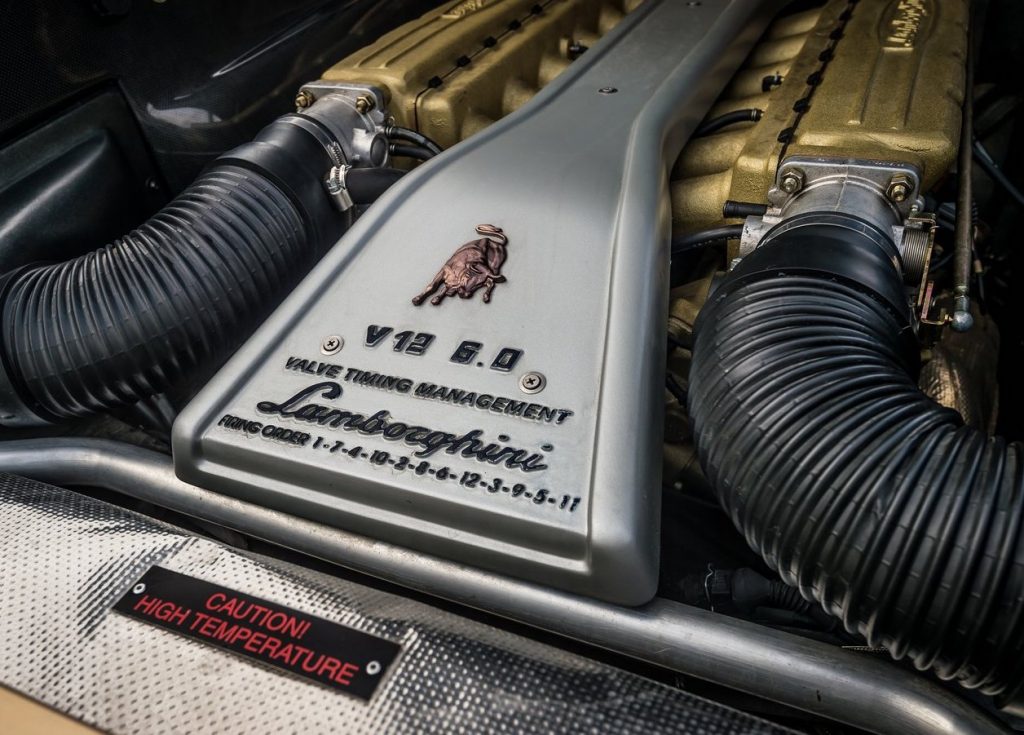
Production Timeline
Speaking of its 11 year production span, when the Diablo first entered production in 1990, the first models that rolled of the Sant’ Agata production line sent power to only the rear wheels. This was despite the Diablo being envisioned as an all-wheel drive car from the get-go.
Interestingly too, while leather, air-con, electric windows and electric seats were standard on the Diablo, power steering and any form of electronic driving aids only came in 1993 with the introduction of the four-wheel drive equipped VT variant. 1993 also saw the debut of the Diablo SE30, a limited-run, lightweight 523 hp edition of the Diablo that was produced to commemorate Lamborghini’s 30th anniversary.
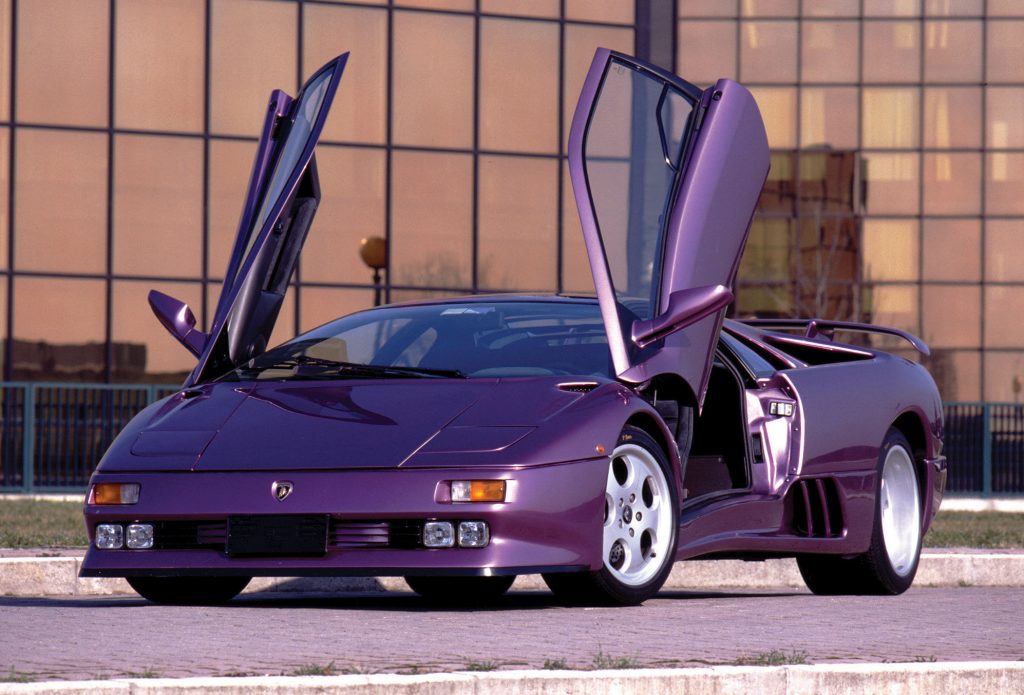
Two years after that, the Lamborghini Diablo SV was launched at the 1995 Geneva Auto Show. Reviving the Super Veloce moniker that first appeared on the Miura SV, this particular Diablo variant gained an adjustable rear wing and lost the four-wheel drive system. In the same year, the Diablo VT Roadster also made its debut as the first production V12 open-roofed raging bull.
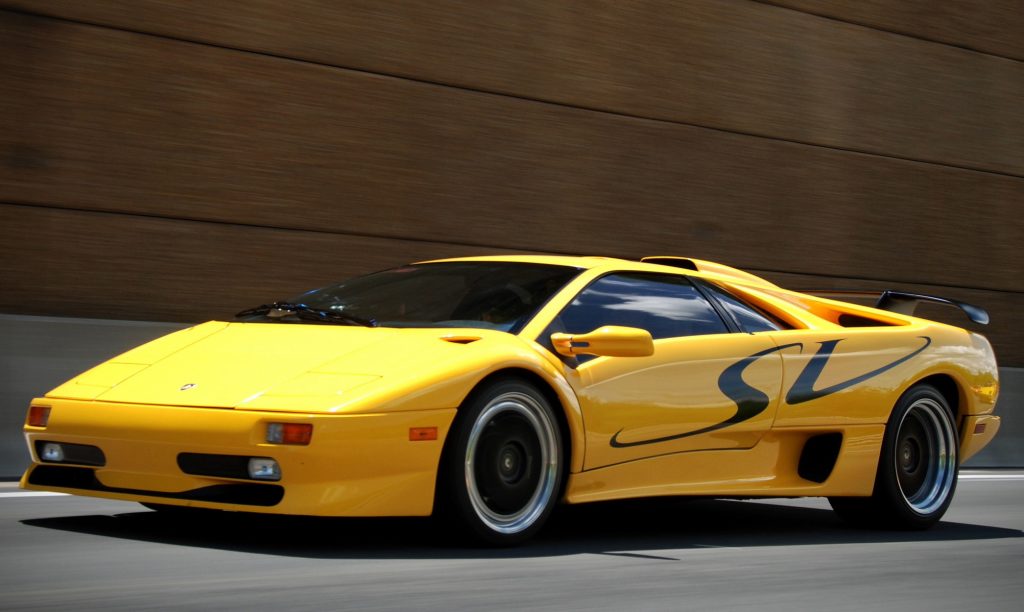
Four years down the line in 1999, flush with cash from its new German owners at Audi, the Diablo was then treated to a mid-cycle facelift. Subtly restyled by Lamborghini’s first in-house designer, Luc Donkerwolke, the most noticeable changes made to these updated Lambos were the pop-up headlights being ditched in favour of fixed composite lenses, sourced from a Nissan 300ZX no less.
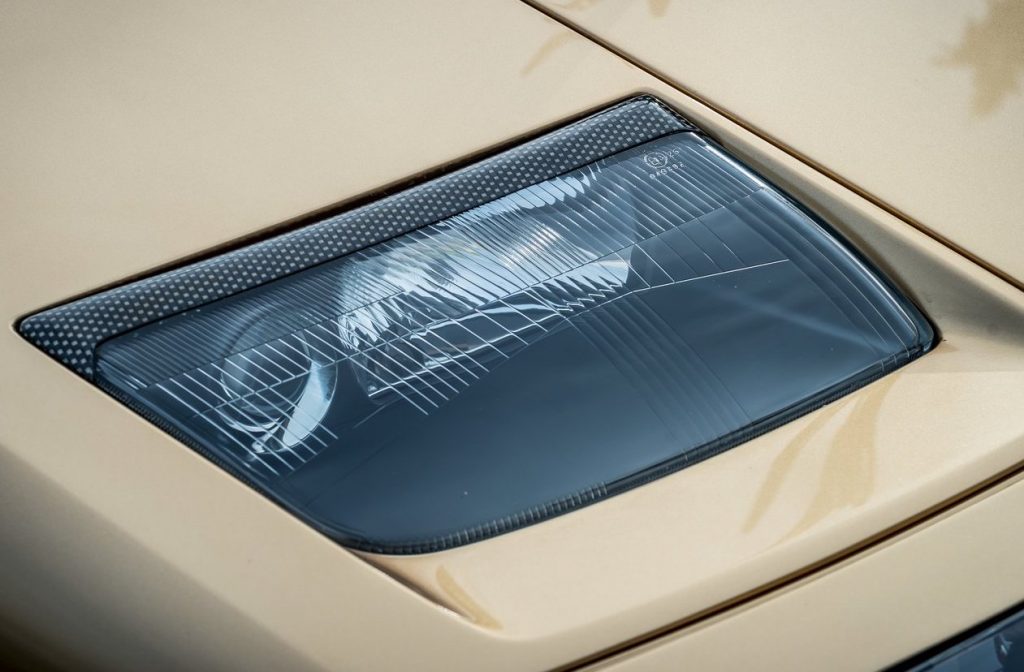
Nissan-sourced headlights aside however, the facelift also brought with it some significant mechanical improvements to the Diablo. Variable valve lift system made an appearance for the now 6.0 litre V12, which boosted power and torque to 529 hp and 605 Nm. ABS too has been made standard, a first for Lamborghini at the time.
Impact On Automotive History
A total of 2,903 Lamborghini Diablos were produced during its 11 year life cycle, which made it Lamborghini’s most commercially successful car at the time. In 2001, it was replaced by the Lamborghini Murcielago.
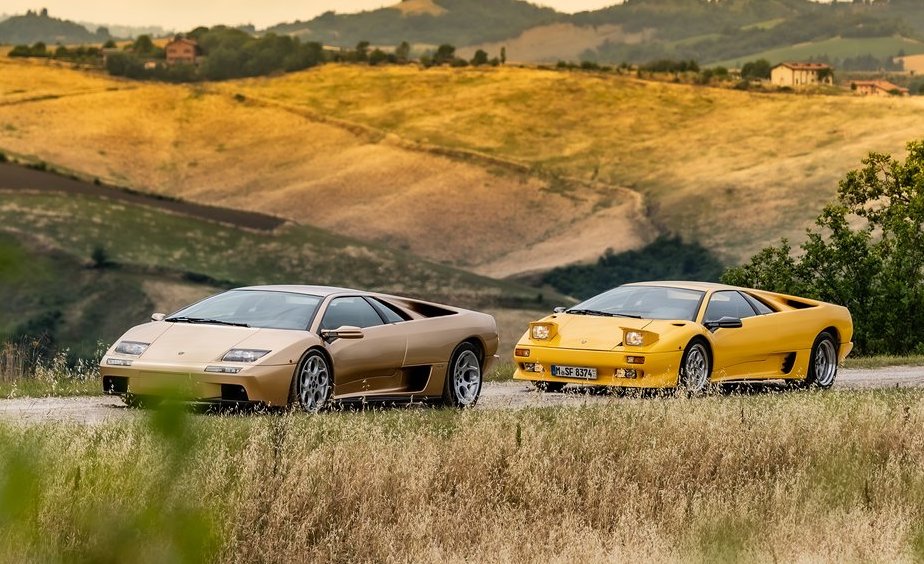
While the Countach may be the iconic poster child for Lamborghini, the Diablo however will always be the raging bull for a certain subset of people, especially for a younger generation of Lambo enthusiasts. It was the raging bull of the PlayStation generation after all. Moreover, speaking from personal experience, all it took was seeing one of these on a VHS copy of old Top Gear at a very young age to get hooked on this bonkers Italian supercar marque ever since.
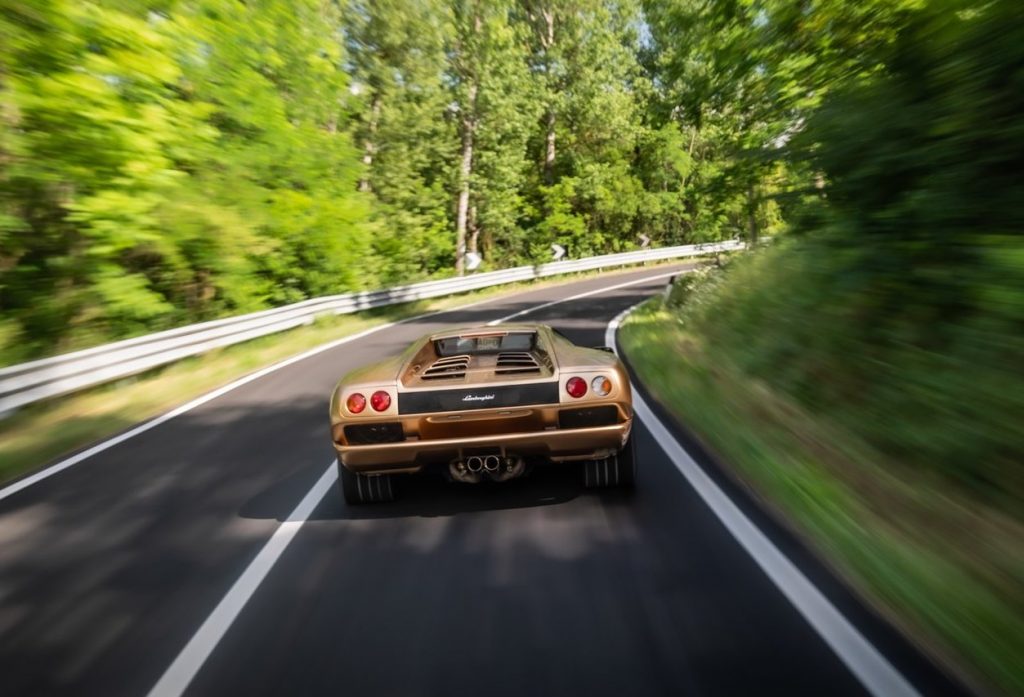
PRESS RELEASE: Automobili Lamborghini celebrates the 30th Anniversary of the Diablo this year, one of the most iconic models in the history of super sports cars, and originally on the market from January 1990.
The Diablo story began in 1985. It was codenamed Project 132, with the aim of replacing the Countach at the top of the Lamborghini range. The clean and aggressive lines are the result of a project by Marcello Gandini that was partially revised by Chrysler’s design center, which in the meantime became the majority shareholder of Automobili Lamborghini.
Winning the hearts and appreciation of fans since day one, the Diablo was officially the fastest production car in the world at launch, capable of a top speed of 325 km/h (203.1 mph). Its impressive dynamic behavior was the result of intense development work involving the rally champion Sandro Munari.
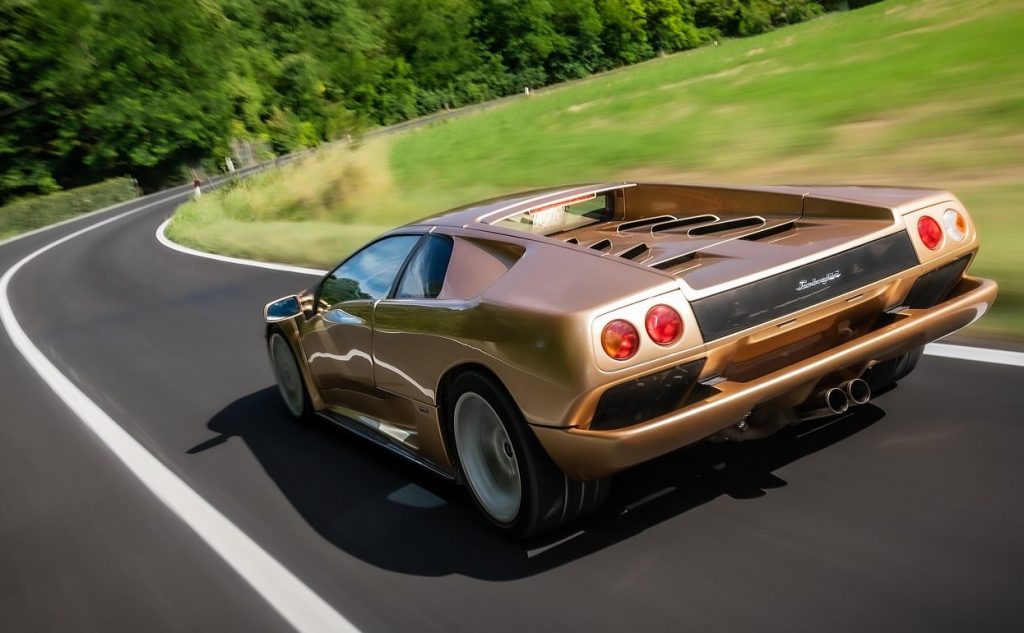
The Diablo sports the classic Lamborghini 12-cylinder set-up, with a 5.7-liter engine, four overhead camshafts and four valves per cylinder, equipped with multi-point electronic injection capable of developing 485 HP and 580 Nm of torque, in a rear longitudinal position. Despite being luxuriously finished, with leather interior, air conditioning, electric windows and electrically adjustable seats, the Diablo is still a hard and pure car with traction on the rear wheels only: no electronic driving aids or power steering were available until 1993.
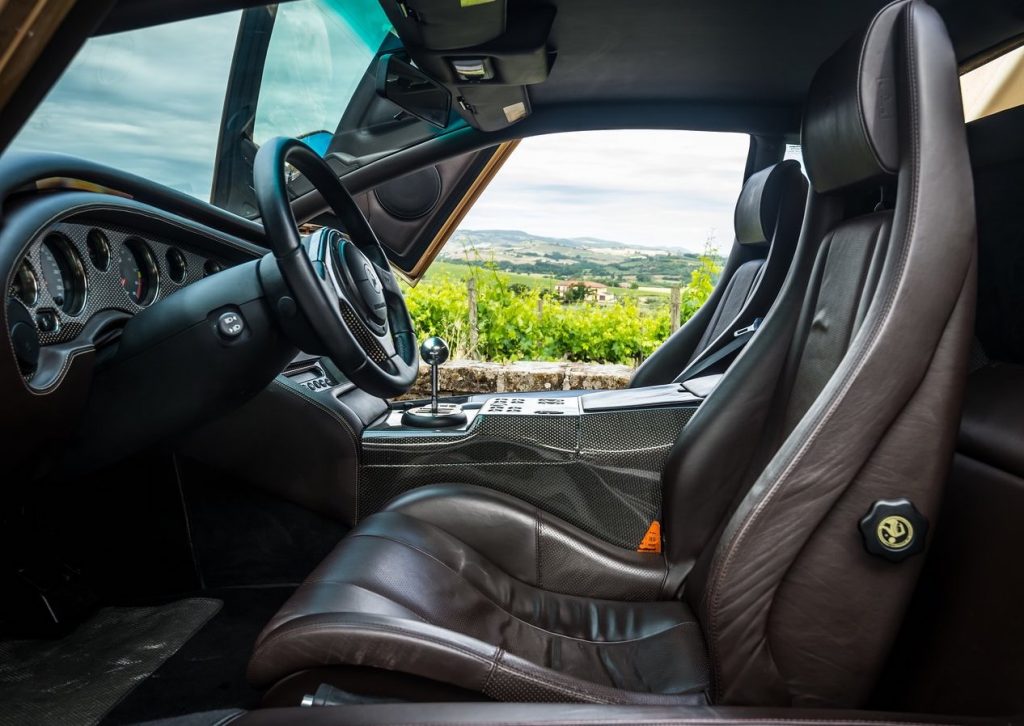
In 1993, Automobili Lamborghini launched the Diablo VT, the first Lamborghini Granturismo to be equipped with four-wheel drive, which also brought a series of mechanical improvements and stylistic changes also to be soon adopted on the two-wheel drive version. In 1993, the special SE30 series was presented to commemorate 30 years since the birth of the company, with a power increase to 523 HP. The Diablo SV debuted at the Geneva Motor Show in 1995, available only as a two-wheel drive version with maximum power of 510 HP, and with an adjustable rear wing. In December of the same year, the Diablo VT Roadster came to market: Lamborghini’s first 12-cylinder, open-roofed, mass-produced Lamborghini, with slightly revised lines and offered with the four-wheel drive transmission only.

In 1999, following the purchase of Automobili Lamborghini by the Audi Group, there was the unveiling of the Diablo SV “restyling” designed by Luc Donckerwolke, Lamborghini’s first in-house designer. It followed the VT and VT Roadster: all three models evoked clear signs of modernization through its revised lines and interior. From a mechanical point of view the engine, now with 529 HP and capable of 605 Nm of torque, was equipped with the variable valve lift system and, for the first time on a Lamborghini, the brakes were completed by ABS.
The Diablo, also launched in special series or for competition with 6-liter engines, was Lamborghini’s most produced car to date with 2903 units in total. It remained available until 2001, when it was succeeded by the Murciélago model.
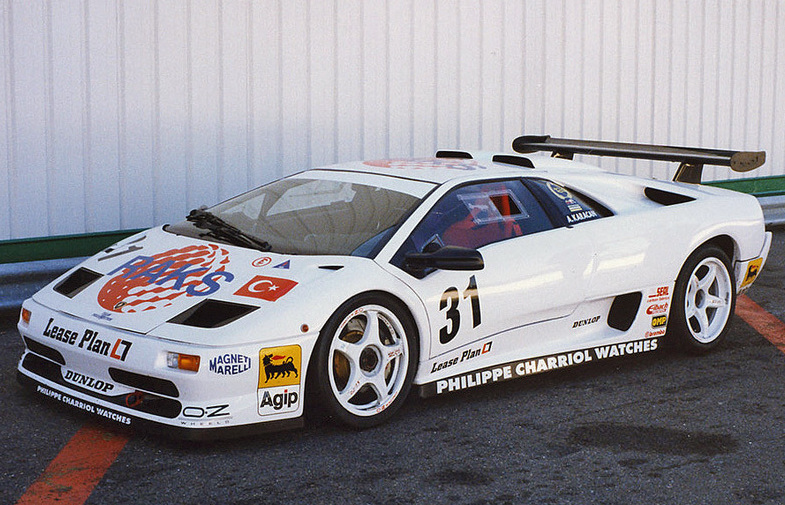
Units Produced
Diablo: 1990-1998, 873
Diablo VT: 1993-1998, 529
Diablo SE:1993-1994, 157
Diablo SV: 1995-1999, 346
Diablo VT Roadster: 1995-1998, 468
Diablo SVR: 1996, 34
Diablo GTR: 1999-2000, 32
Diablo 6.0: 2000-2001, 337
Diablo 6.0 SE: 2001, 44
Diablo GT: 1999-2000, 83
